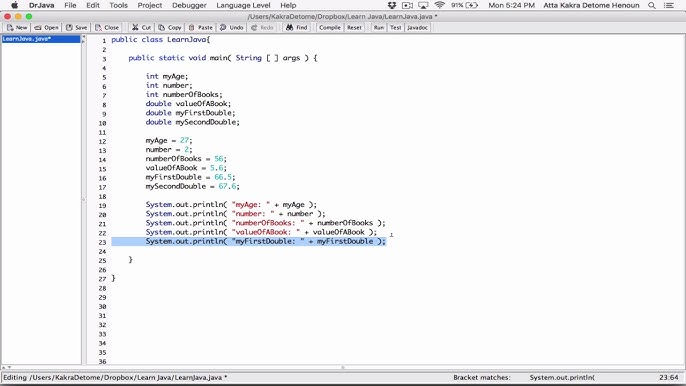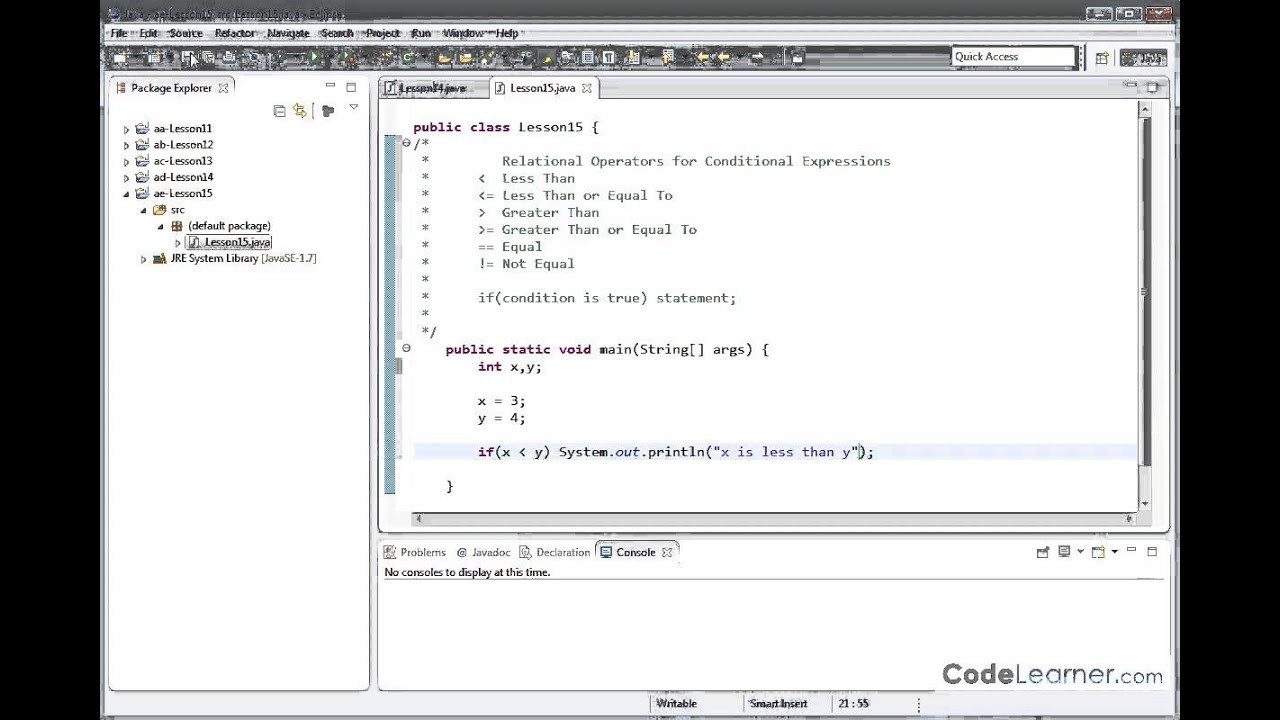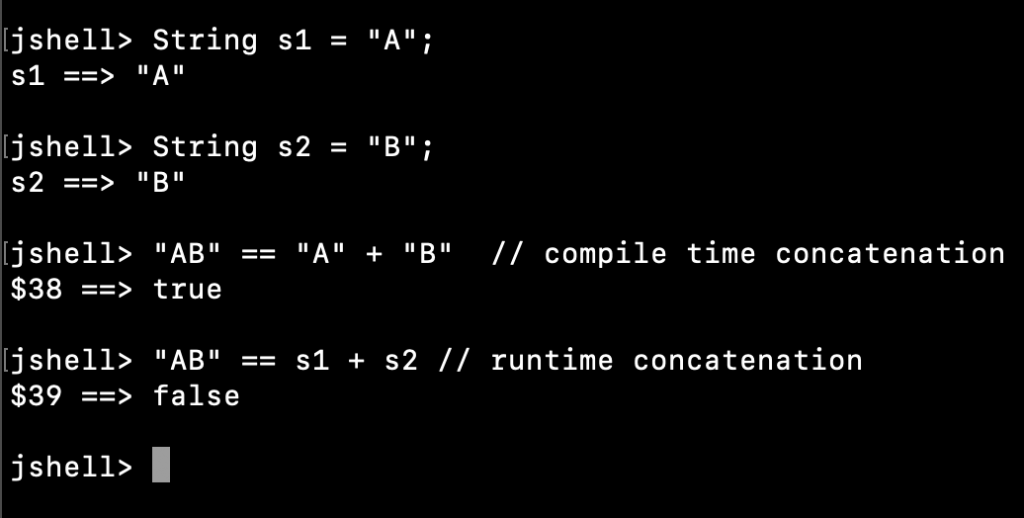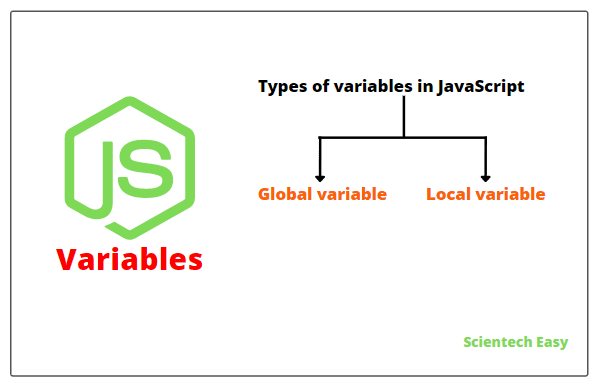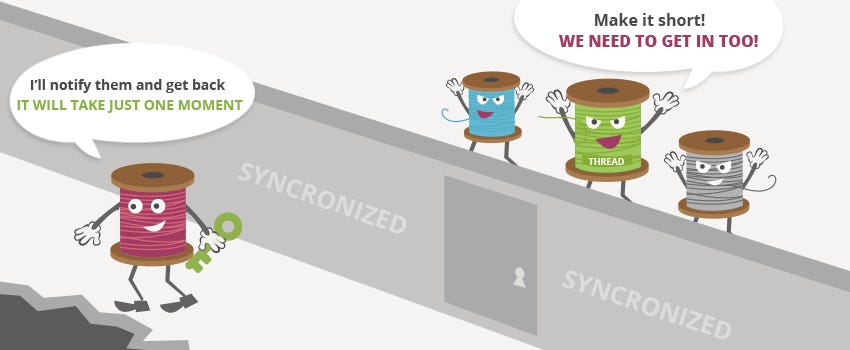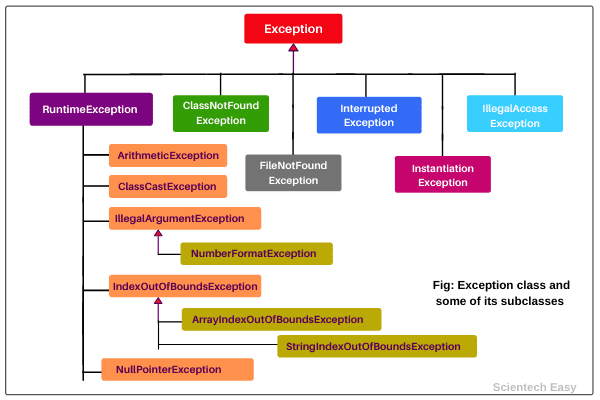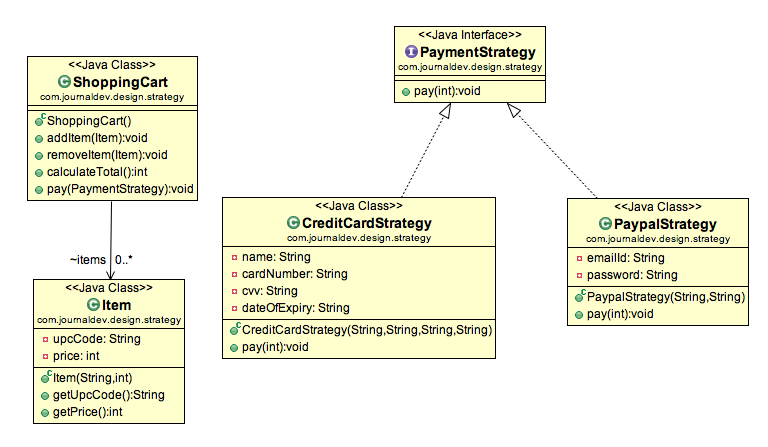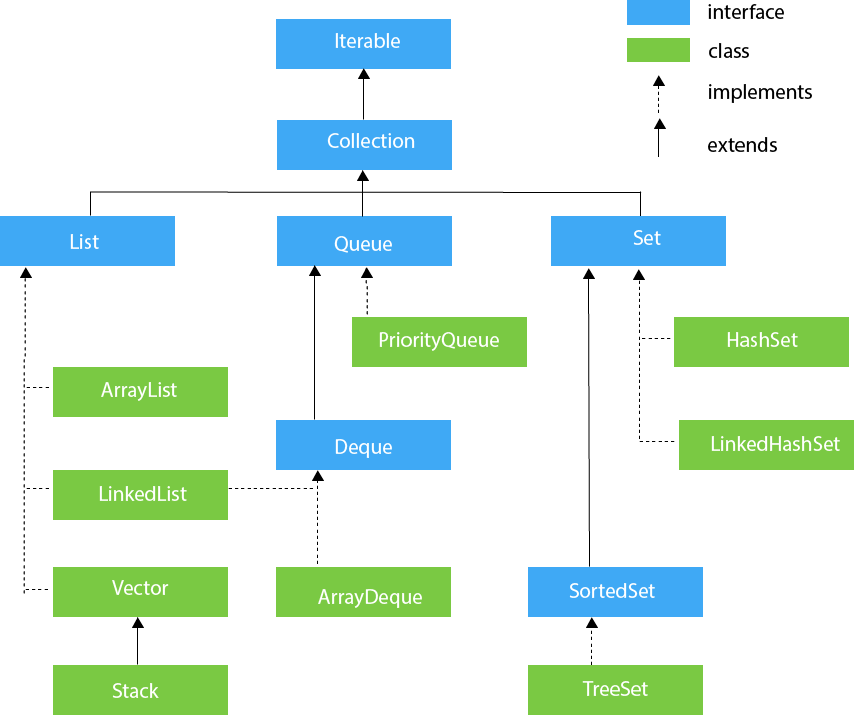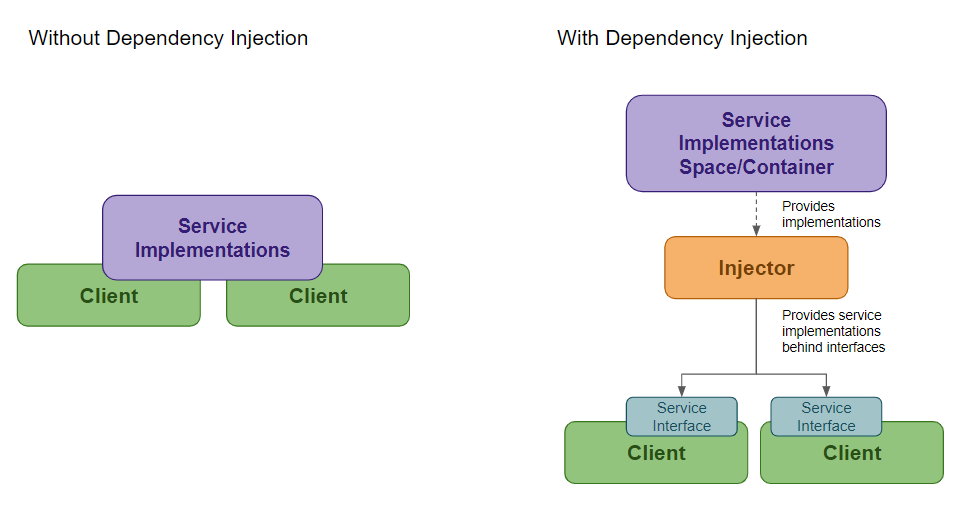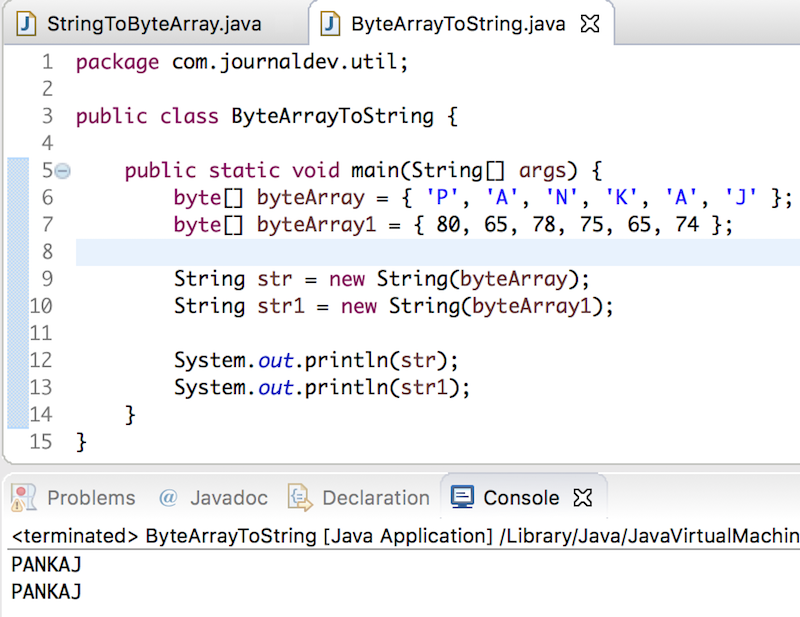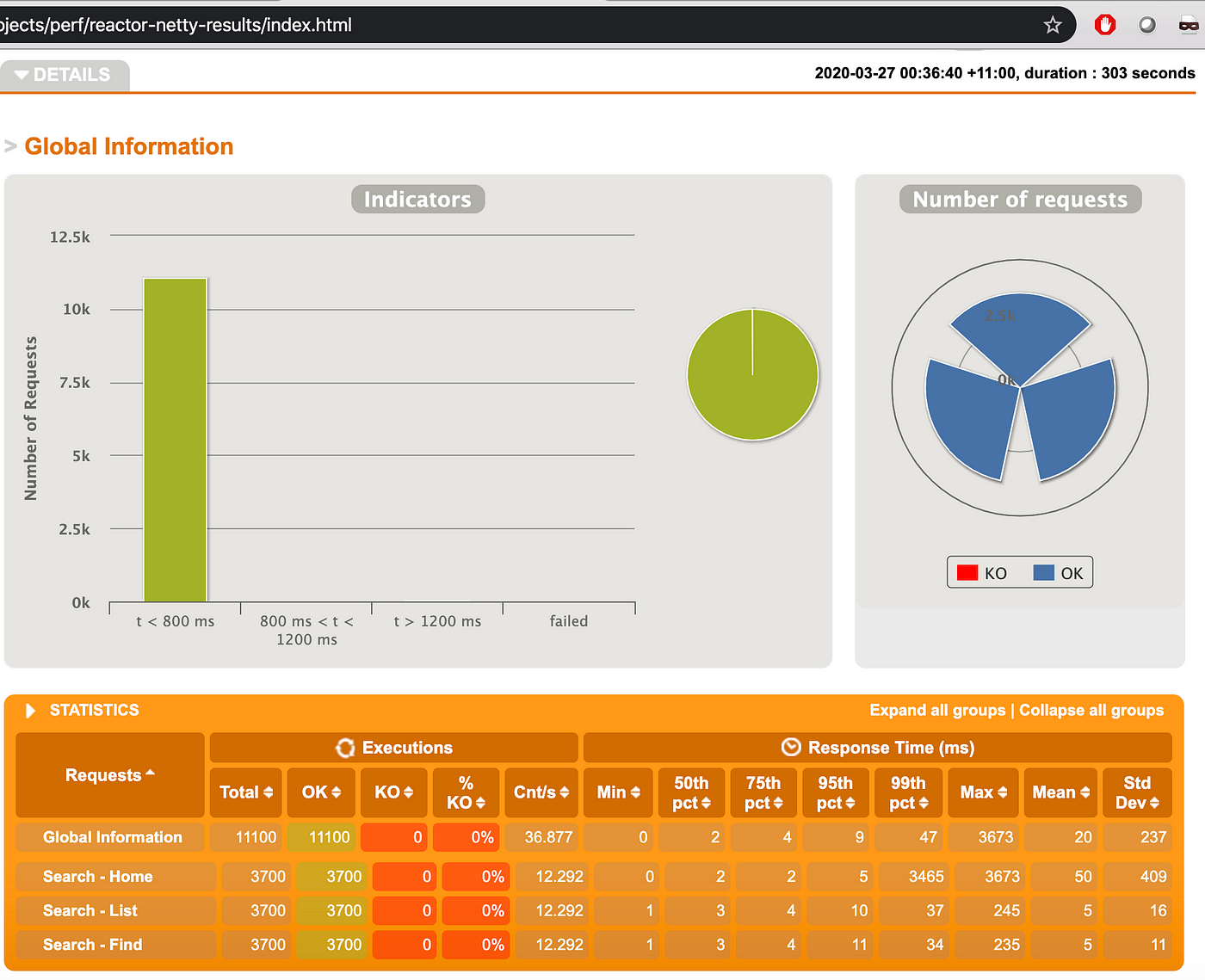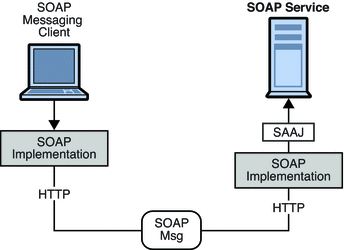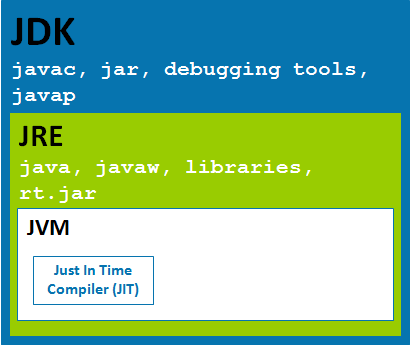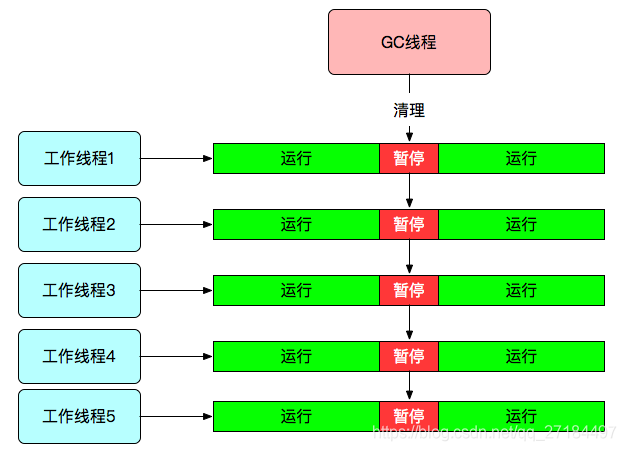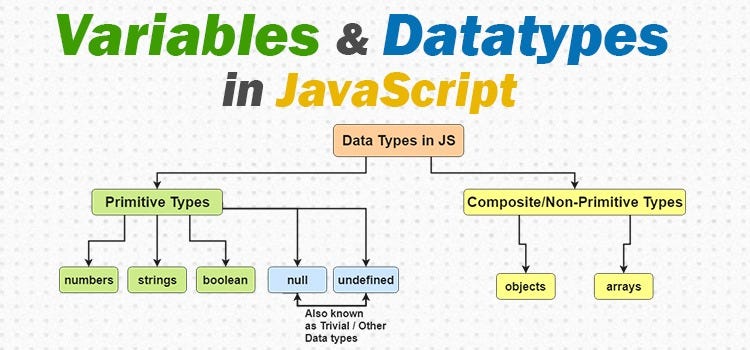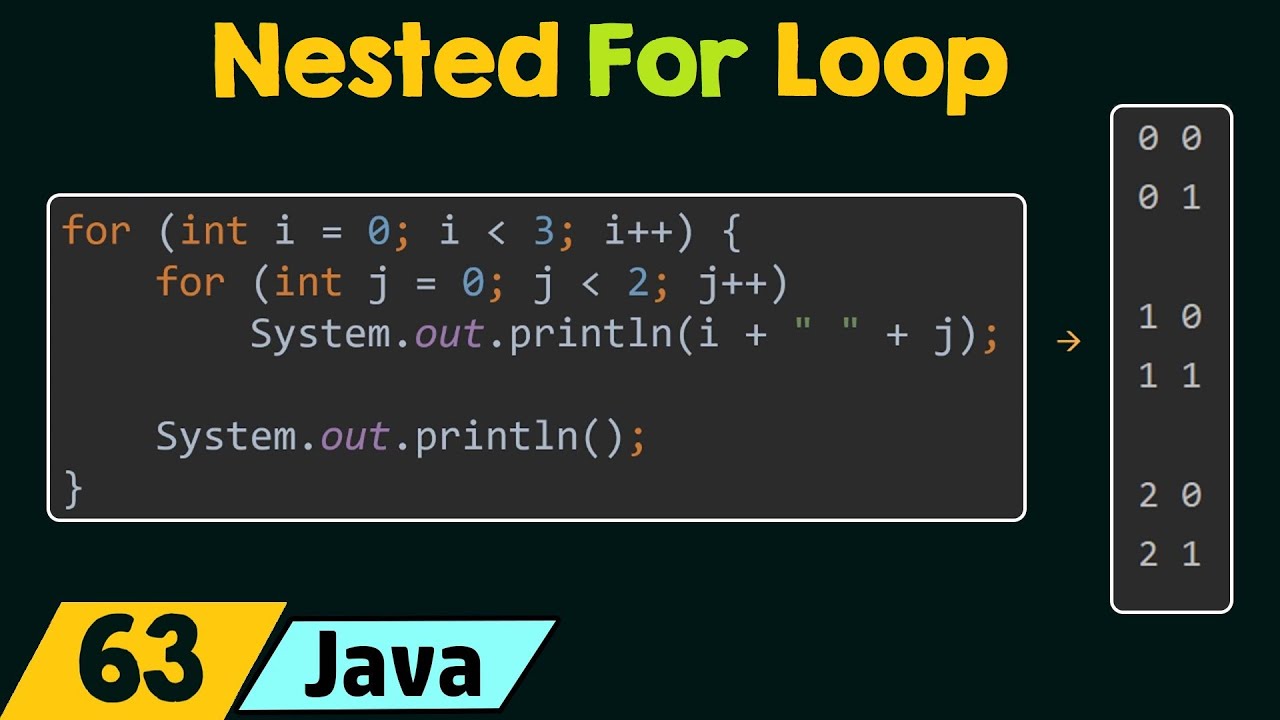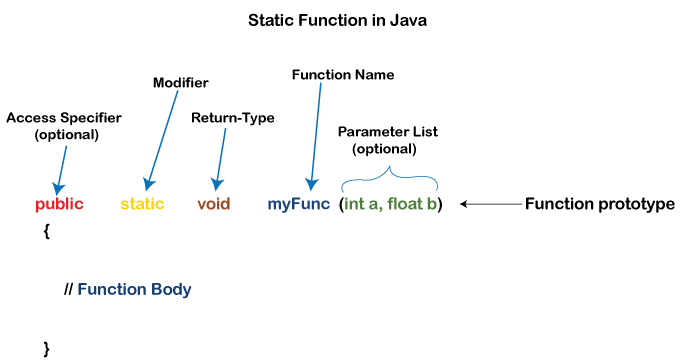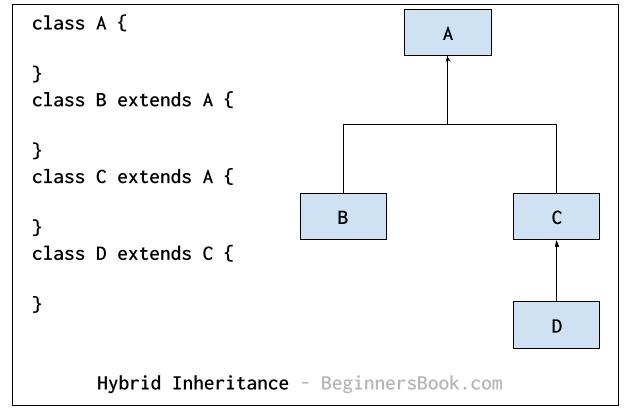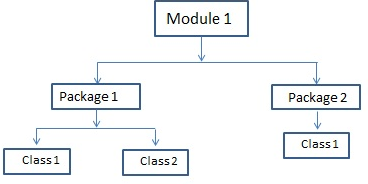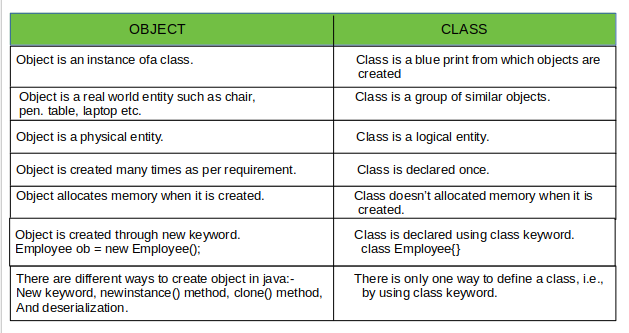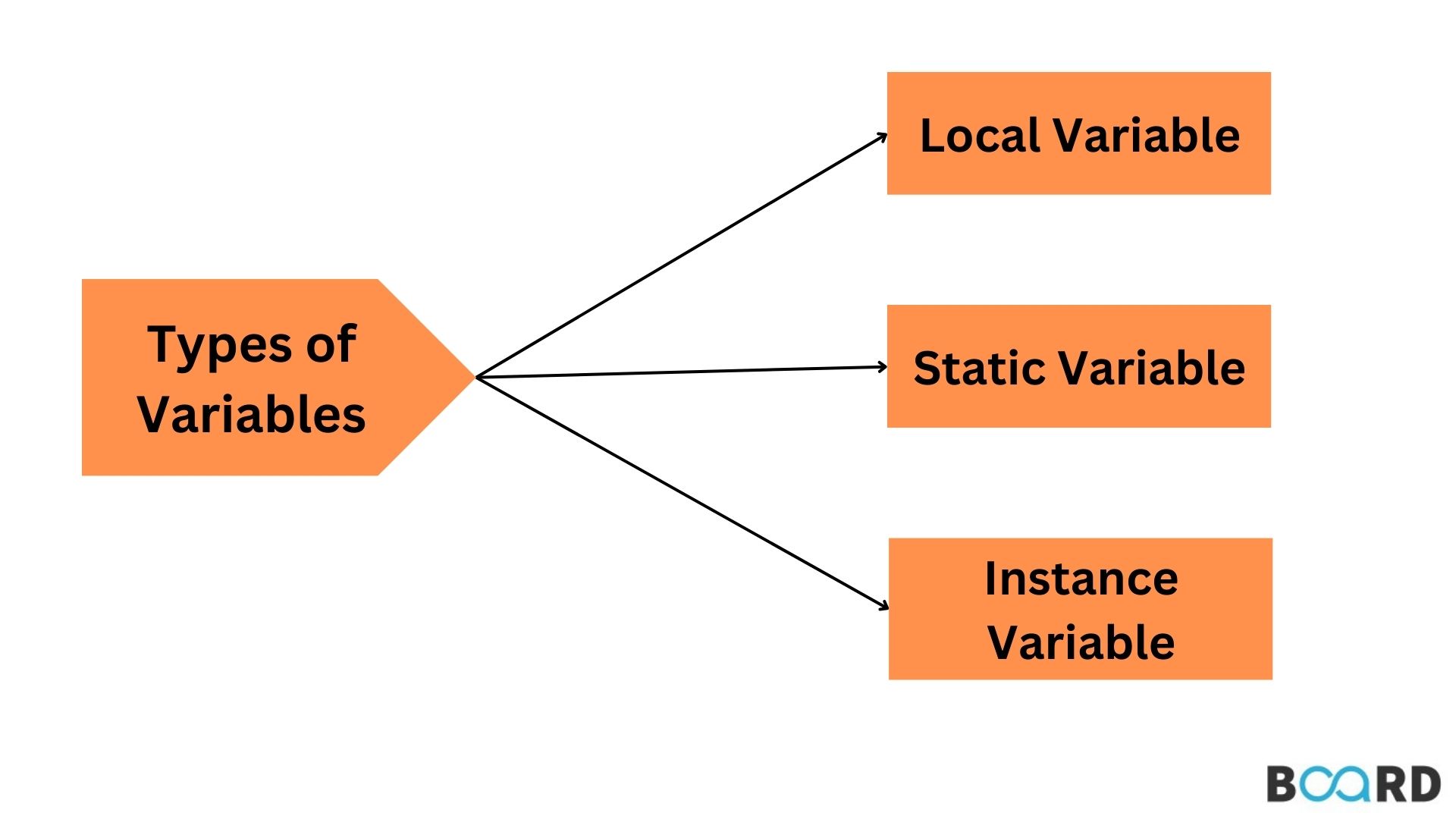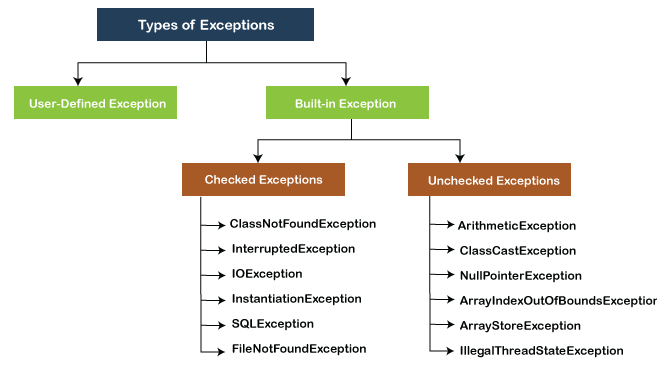Design patterns in Java
Design patterns in Java
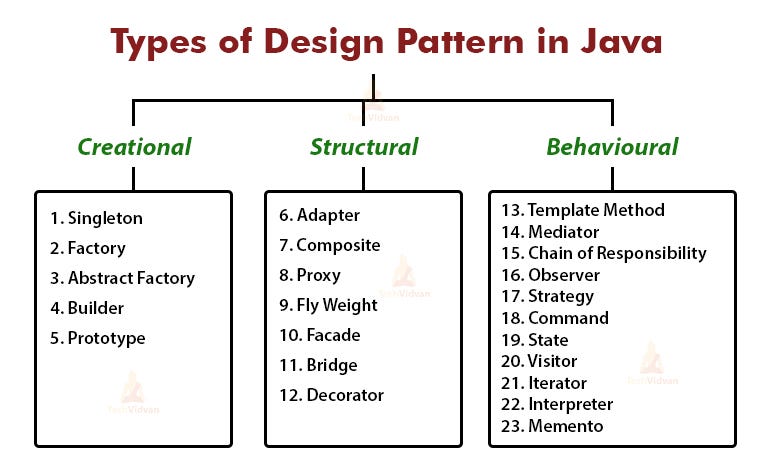
I'd be happy to help!
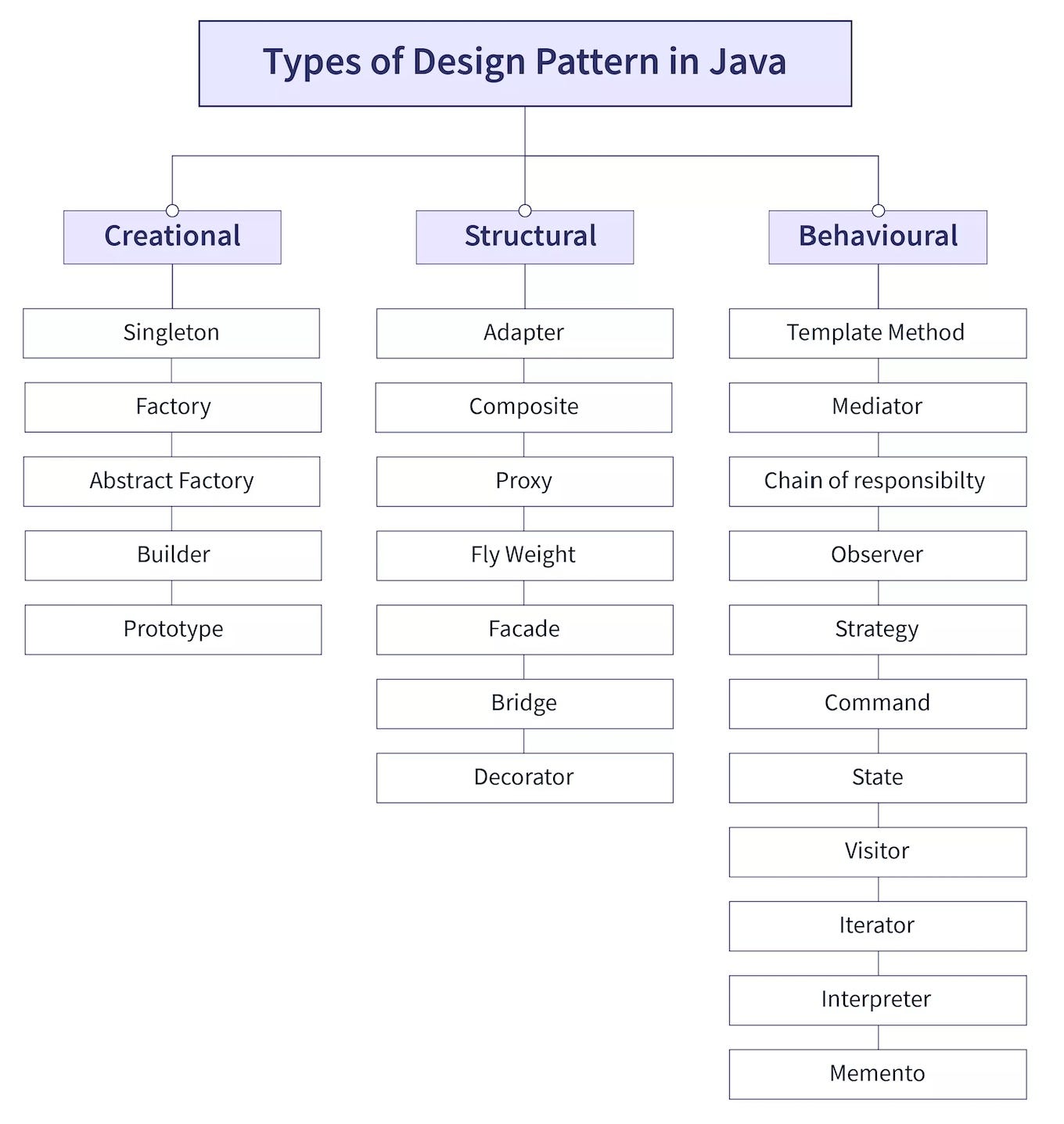
What are design patterns in Java?
Design patterns in Java are reusable solutions to common problems that arise during software development. They provide a proven, standardized approach to solving recurring design issues, making it easier for developers to create robust, maintainable, and efficient code. Design patterns can be applied to various aspects of software development, such as:
Object creation: Creating objects in a way that is flexible, reusable, and easy to understand. Class relationships: Defining how classes interact with each other, including inheritance, composition, and aggregation. Behavior: Specifying how objects behave, including communication, collaboration, and synchronization.Types of design patterns
There are various types of design patterns in Java, categorized into three main groups:
Creational patterns: These patterns deal with object creation, such as: Singleton: Ensuring a single instance of a class is created. Factory: Providing an interface for creating objects without specifying the exact class. Abstract factory: Creating families of related or dependent objects. Structural patterns: These patterns focus on composing objects from smaller ones, including: Adapter: Transforming one object into another to work with incompatible interfaces. Composite: Combining multiple objects into a single unit. Bridge: Decoupling an abstraction from its implementation. Behavioral patterns: These patterns address the behavior of objects, such as: Observer: Notifying observers when an object's state changes. Strategy: Defining a family of algorithms that can be used interchangeably.Examples and implementations
Here are some examples and their implementations in Java:
Singleton pattern: Implementing a singleton using the "double-checked locking" approach:public class Singleton {
private static volatile Singleton instance = null;
public static Singleton getInstance() {
if (instance == null) {
synchronized (Singleton.class) {
if (instance == null) {
instance = new Singleton();
}
}
}
return instance;
}
private Singleton() {}
}
java.util.Observer interface:
public class Subject {
private List observers = new ArrayList<>();
public void addObserver(Observer o) {
observers.add(o);
}
public void notifyObservers() {
for (Observer o : observers) {
o.update();
}
}
}
public interface Observer {
void update();
}
Benefits and best practices
Design patterns in Java can provide numerous benefits, including:
Improved code reusability: Design patterns promote the reuse of existing code, reducing the overall size and complexity of your program. Easier maintenance: With design patterns, you can easily modify or extend specific parts of your code without affecting other areas. Enhanced scalability: Well-designed pattern-based systems are better equipped to handle increased loads and complexities as your application grows.Best practices for using design patterns in Java include:
Understand the problem: Before applying a design pattern, thoroughly understand the problem you're trying to solve. Choose the right pattern: Select a pattern that aligns with your specific requirements and constraints. Test and iterate: Thoroughly test and refine your implementation as needed.By incorporating design patterns into your Java development workflow, you can create robust, maintainable, and efficient code that scales well and is easier to understand.
Facade design pattern Java
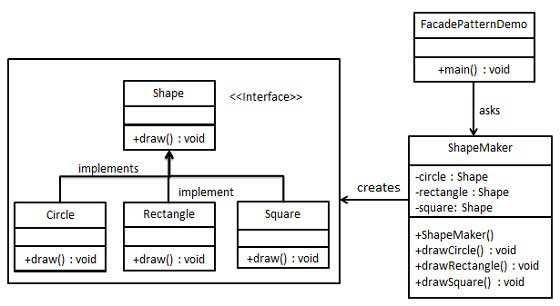
The Facade Design Pattern!
In object-oriented programming (OOP), the Facade Design Pattern is a structural pattern that provides a simplified interface to a complex system or subsystem of objects, making it easier for clients to use the underlying system.
Problem
Imagine you're at a restaurant and you want to order food. You don't care about the internal workings of the kitchen; you just want your meal prepared and served. However, in reality, there are many steps involved in preparing your meal: ordering ingredients, chopping vegetables, cooking proteins, etc. These individual tasks can be complex and time-consuming.
Solution
The Facade Design Pattern comes to the rescue! It creates a higher-level abstraction that encapsulates these individual tasks, providing a simpler interface for clients to use. In our restaurant example, the facade could be a "FoodPreparer" class that handles all the complexities of ordering food. The client (you) only needs to interact with this FoodPreparer class to get their meal.
Java Implementation
Here's an example implementation in Java:
// Subsystem classes
public interface Ingredient {
void prepare();
}
public class Veggie implements Ingredient {
@Override
public void prepare() {
System.out.println("Veggie chopped and ready!");
}
}
public class Protein implements Ingredient {
@Override
public void prepare() {
System.out.println("Protein cooked and ready!");
}
}
// Facade class
public class FoodPreparer {
private Veggie veggie;
private Protein protein;
public FoodPreparer(Veggie veggie, Protein protein) {
this.veggie = veggie;
this.protein = protein;
}
public void prepareFood() {
System.out.println("Preparing food...");
veggie.prepare();
protein.prepare();
System.out.println("Food prepared and served!");
}
}
// Client code
public class Main {
public static void main(String[] args) {
Veggie veggie = new Veggie();
Protein protein = new Protein();
FoodPreparer foodPreparer = new FoodPreparer(veggie, protein);
// Client interacts with the Facade (FoodPreparer)
foodPreparer.prepareFood();
}
}
In this example:
The subsystem classes (Veggie, Protein) represent individual tasks that need to be performed to prepare food. The Facade class (FoodPreparer) encapsulates these subsystems and provides a simplified interface for clients (the Main class) to use.
By using the Facade Design Pattern, we've made it much easier for the client to order food without worrying about the underlying complexities. This pattern is useful when you have multiple systems or subsystems that need to be integrated, making it easier for users to interact with the system.
That's it! I hope this explanation and example helped illustrate the Facade Design Pattern in Java.
